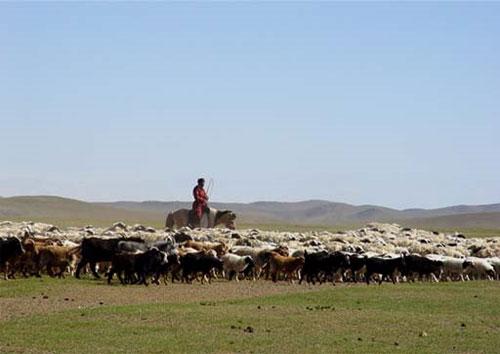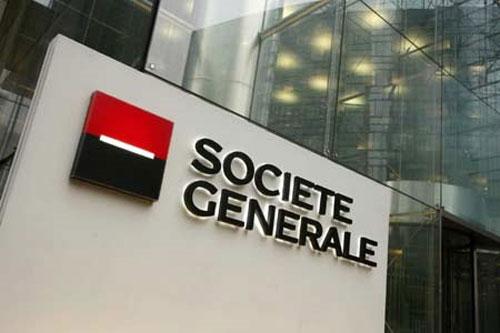Энэ 7 хоногт
Mongolia Needs Better Grazing Management To Cope With Future Dzud
Overgrazing, Too Many Livestock Didn’t Help Things

First of all, though this particular dzud isn't linked directly with changing climate, in the long-term summer temperatures are projected to increase, in turn reducing water and grass availability. Come winter that means it's all the more likely dzud conditions could develop.
Second of all, Mongolia has seen more and more livestock and overgrazing. Though the nation's democratic revolution in 1990 may have ousted communism, it resulted in livestock numbers increasing to ecologically unsustainable levels and overgrazing becoming more common.
What's more, central planning may not always be the most efficient way of doing things, and at least in the Soviet example resulted in some severe environmental problems but at least in this instance, it provided better herd management than what currently exists.
So how to prevent this? Cool Green Science says three things need to be done:
Better Grassland, Herd Management Needed
1) Sustainable and climate-resilient grazing management, with grazing being on par with the productivity of a particular area so that it does not become overgrazed.
2) Creation of "grass banks": Areas strategically chose to be set aside for wildlife and left ungrazed. In drought years these can be opened up to herders.
3) Better short- and long-term management of grasslands






